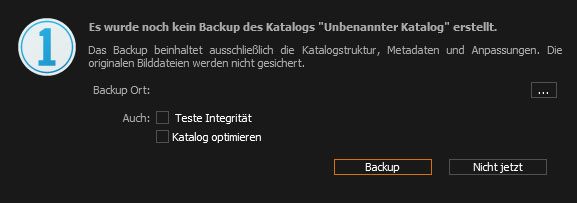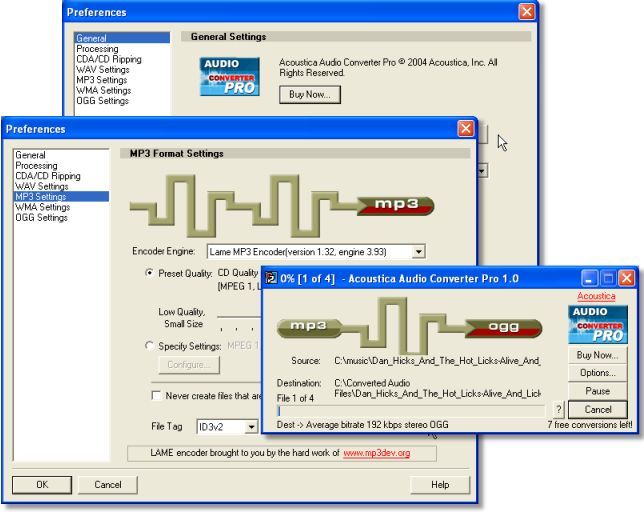

- AUDIO CONVERTER PRO INPUT LEVEL FULL
- AUDIO CONVERTER PRO INPUT LEVEL SOFTWARE
- AUDIO CONVERTER PRO INPUT LEVEL PROFESSIONAL

Now that we know, that there is no such as a standardized way to match analog and digital levels. The only way would be to take signal and measure the actual voltage and compare it to the digital level. Hence, there is no formula or method to match dBu and dBFS. Therefore it is not possible to compare both levels against each other! Put simply, 0 dBu are not 0 dBFS - and the other way around!īut even more importantly, since the input and output level of a digital signal is defined by the operating level of the converter, converting dBu to dBFS is not possible! By now, you have probably figured out the root cause of this problem: analog and digital levels are simply not the same!Īs you remember, dBu indicate voltage ratios in RMS levels, while dBFS have a fixed scale and state peak levels.
AUDIO CONVERTER PRO INPUT LEVEL SOFTWARE
So your software programs, includingTotalMix FX, are showing you dBFS values, while your analog equipment, on the other hand, operates in dBu values. It is therefore important to stay below 0 dBFS and give your digital signals sufficient headroom. Everything above 0 dBFS will cause an overload and therefore clip the digital signal. Therefore 0 dBFS is the maximum level that can be achieved in a digital system such as a DAW or software plugin.
AUDIO CONVERTER PRO INPUT LEVEL FULL
Instead, digital levels use so-called dBFS (decibels relative to full scale) which have a defined maximum peak level and a fixed scale. Because of this binary nature, analog signal levels such as dBu cannot be used to express digital levels. In the digital realm, audio is depicted as a string of zeros and ones. This will give you the best performance in every situation and for every analog source. To make life easier, both standards have been implemented in every RME interface and can be selected in the channel settings, if necessary. This may sound like an insignificant detail, but to mix these standards up can have huge negative effects on your recording, because +4 dBu studio level is in fact about 12 dB louder than -10 dBV consumer level! And -10 dBV for home electronics, widely regarded as consumer level.
AUDIO CONVERTER PRO INPUT LEVEL PROFESSIONAL
Over the past decades, two internationally accepted standards have been used in the music industry: +4dBu for professional equipment, which is often referred to as studio level. Since dBu and dBV both describe continuous positive and negative voltage changes, analog signal levels are expressed in average RMS levels. Another phenomenon is overdriving the input of an analog device with your interface output signal, even tough the signal level is moderate and neither clipping in your DAW nor TotalMix FX. Fortunately, all these problems can be avoided by understanding some basic audio level principles.Įverything you need to know about analog and digital levelsĪnalog levels are usually measured in voltage ratios such as dBu (decibel unloaded) or dBV (decibel voltage). This can lead to situations where the output level from your analog source is too high, causing the input of your interface to clip, even though you haven’t applied any amplification. One of the reasons, why switching between analog and digital recording methods can be challenging at times, are the different measurement techniques used for audio levels. Even though hybrid studios are fun, they require a constant and more importantly seamless workflow between analog and digital studio equipment. With the resurgence of analog outboard gear and analog instruments, hybrid music studios have become more and more popular amongst recording engineers and musicians. Matching Analog and Digital Audio Signal Levels


 0 kommentar(er)
0 kommentar(er)
